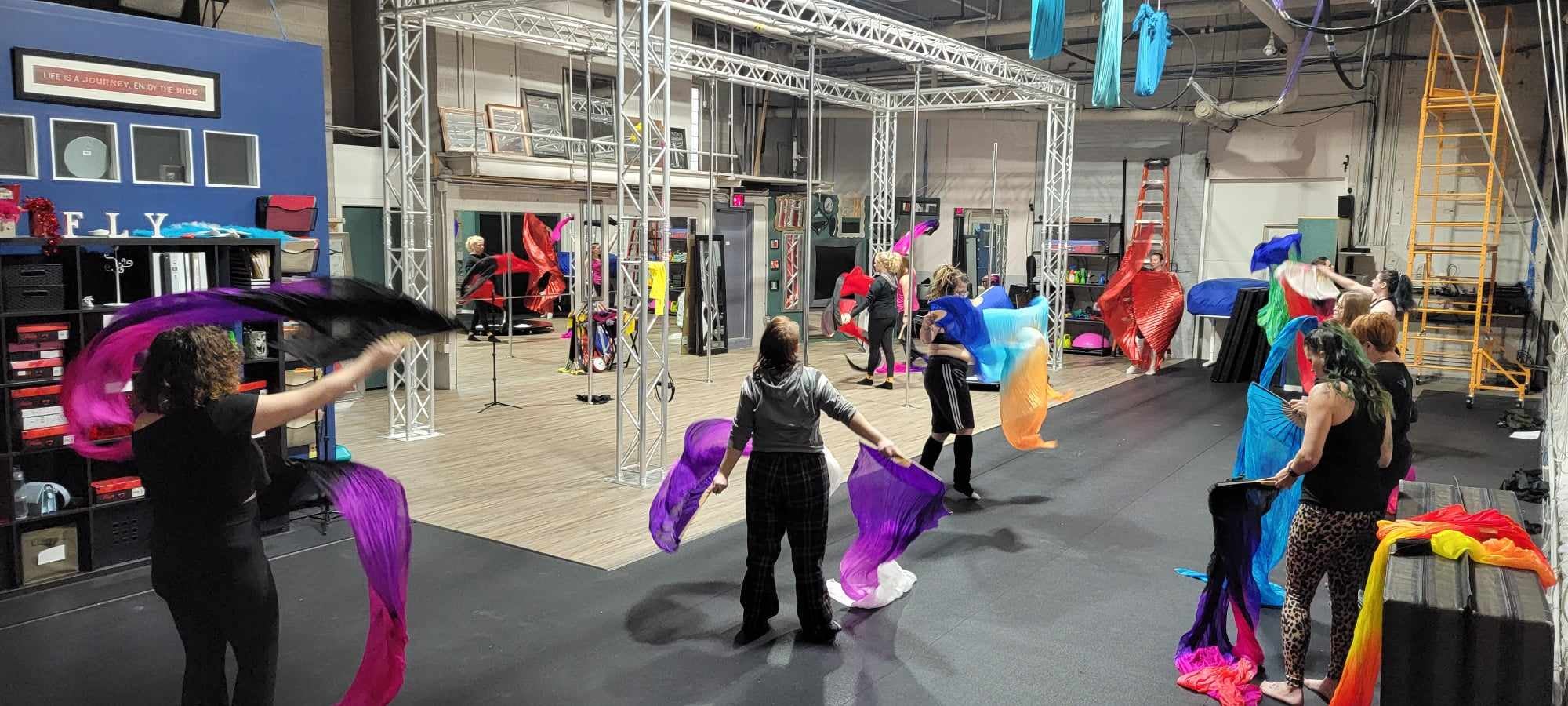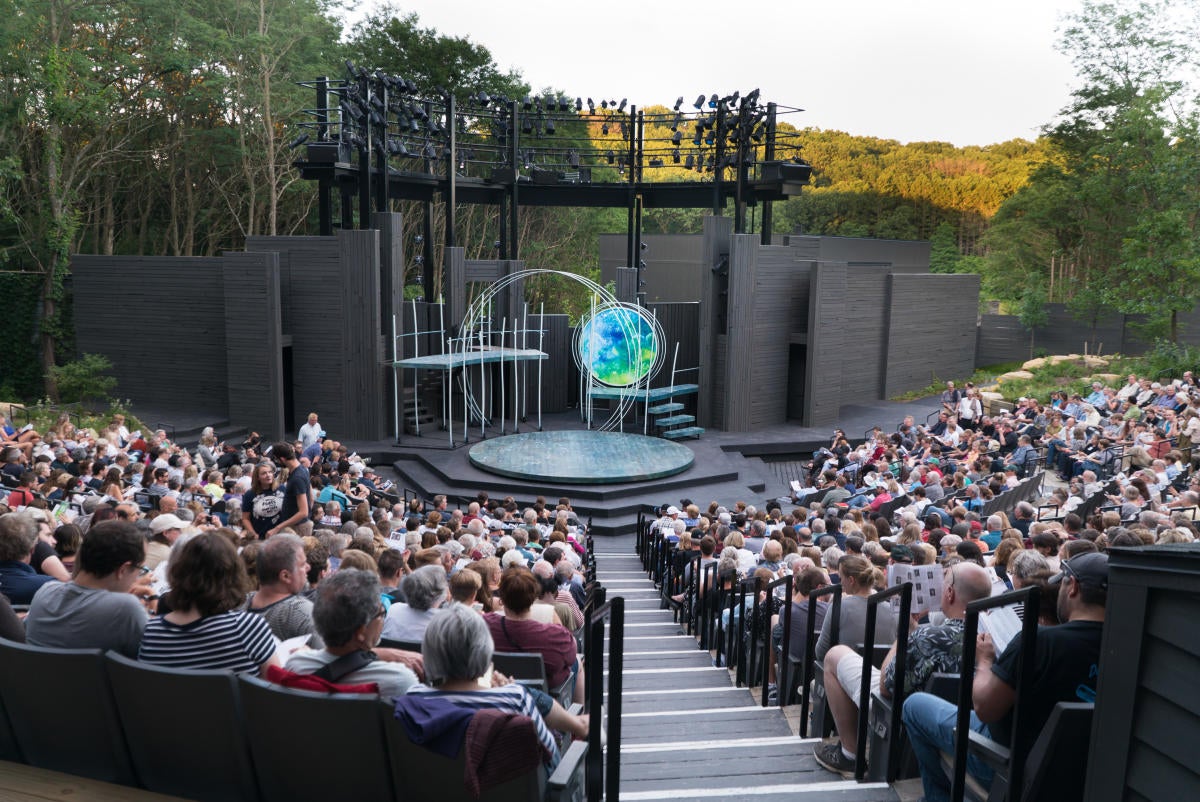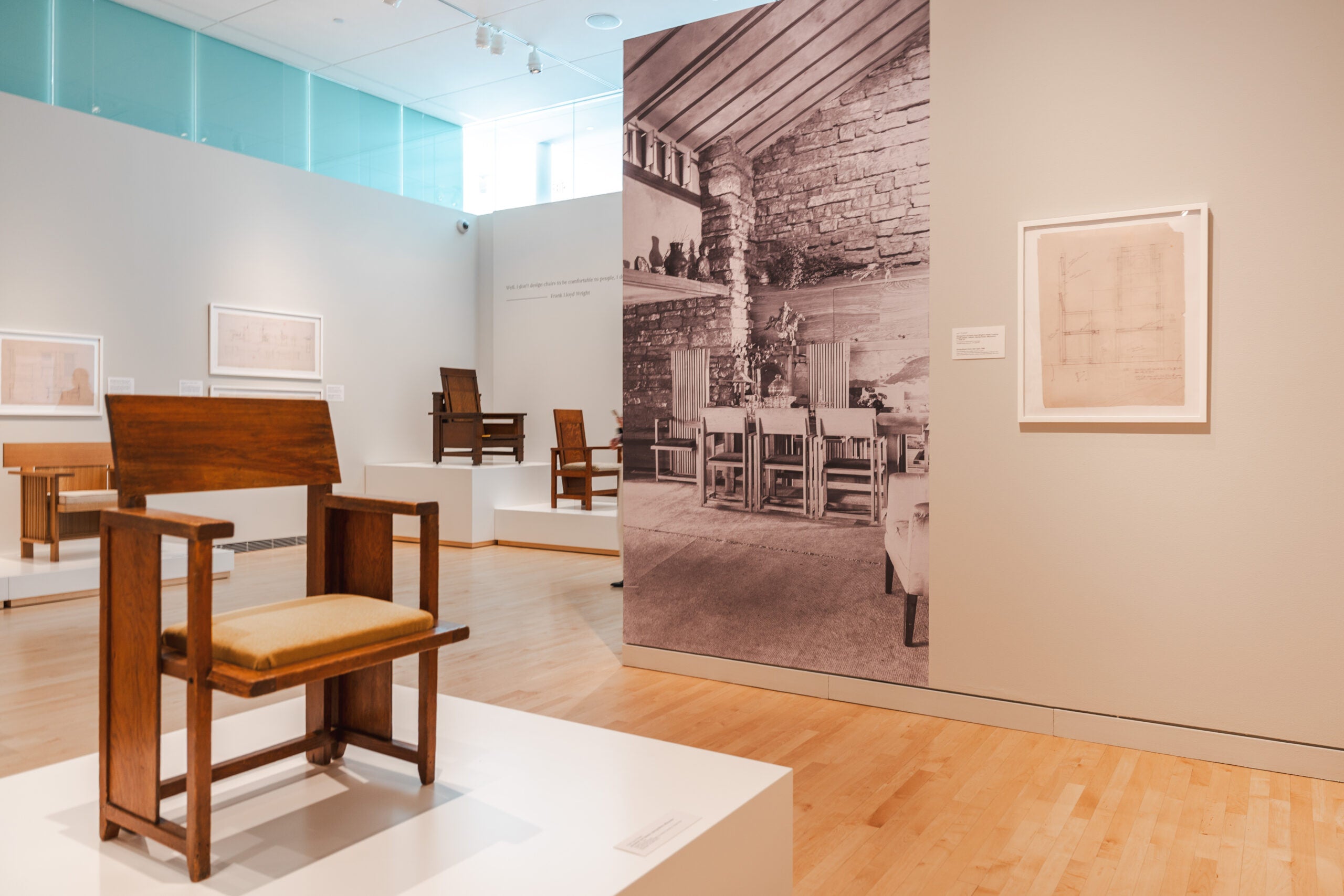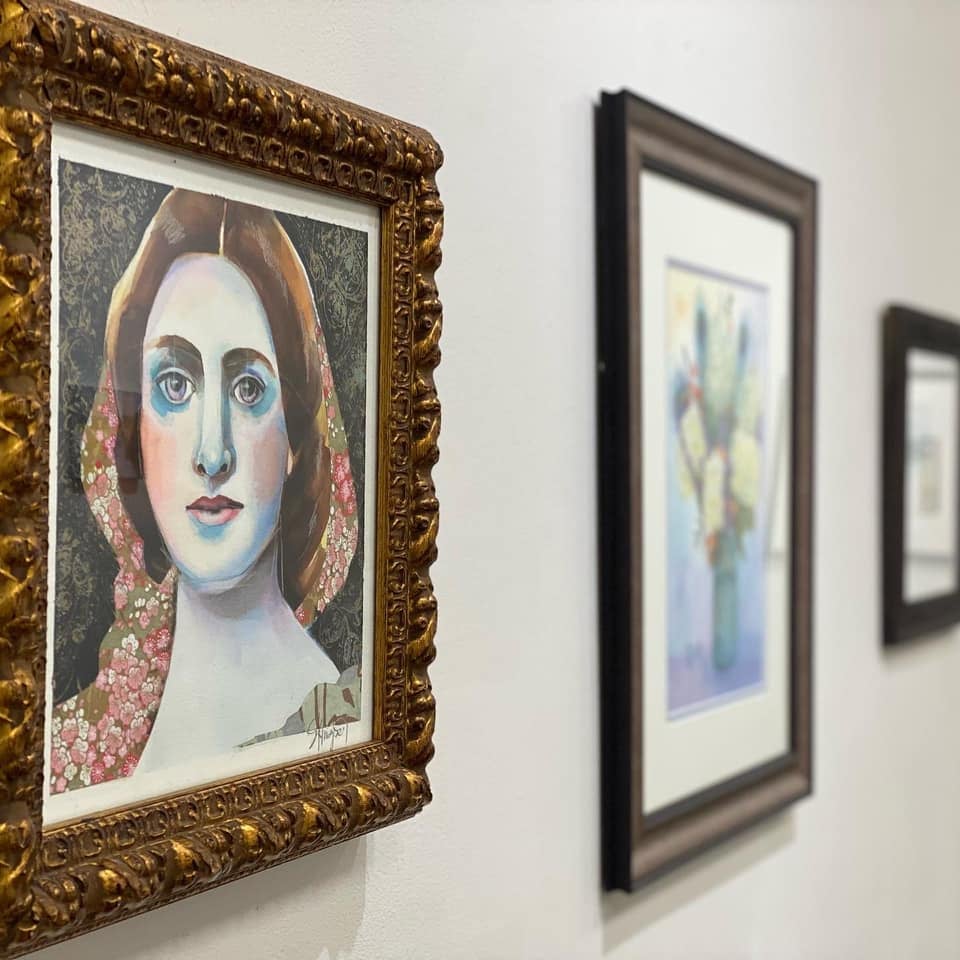Wisconsin’s history of famous circus acts lives on to this day with aerial arts and stage performers practicing across the state.
Just 20 miles south of where the Ringling Brothers Circus got its start in Baraboo, The Wild Rumpus Circus in Mazomanie hosts participants of all ages as they learn the arts of trapeze, juggling, stilts and miming.
Over in Appleton, where the country’s first African American circus owner once found his inspiration, students learn to swing through the air on silks, slings and hoops at Fly Circus and Aerial Arts.
News with a little more humanity
WPR’s “Wisconsin Today” newsletter keeps you connected to the state you love without feeling overwhelmed. No paywall. No agenda. No corporate filter.
Similar classes run in other Wisconsin communities, including Bloomer, Viroqua and Sheboygan. Several instructors told WPR’s “Wisconsin Today” they continue to see growing interest in the aerial arts.
Mandie Martzahl is the co-owner of Fly Circus and Aerial Arts and the show director for Dark Arts Circus in Green Bay. She and Wild Rumpus Circus co-founder Jacob Mills talked with “Wisconsin Today” about the popularity of circus arts in the state.
The following was edited for clarity and brevity.
Rob Ferrett: The circus arts cover a lot of ground. Jacob, what kind of things are you doing at The Wild Rumpus Circus in Mazomanie?
Jacob Mills: We do a whole range of things. We do all of the aerial arts. Clowning, mime, theater, tumbling, a little bit of everything. Stilts are a huge part of our camp. Over the course of a week, even our youngest campers generally will be free of a helping hand and walking on their own on stilts.
RF: Mandie, what kinds of things are you specializing in at Fly Circus and Aerial Arts in Appleton?
Mandie Martzahl: We place a lot of emphasis on the aerial arts. That’s kind of the core of our programming. We teach silks, hammock, Lyra, or the aerial hoop. We also have pole classes as well as trapeze.
We don’t have the height or the room to do flying trapeze, so we do kind of like dance trapeze as well as incorporating some acrobatics. That’s very popular amongst our students as well as flow arts — so things like silk fan, poi.
RF: Jacob, how has a small community like Mazomanie embraced The Wild Rumpus Circus?
JM: I’ll be honest and say that the majority of our students come from Madison and the surrounding areas. We’re a small community, and we have a bus service that picks the kids up in Madison and brings them out here. So that makes it easy.
But we’re still an oddity here in town after being here for 23 years and buying our own building on Main Street. Introducing people to it has been a process, but they love it because once camp season gets started, then there’s kids on stilts going up and down the street.
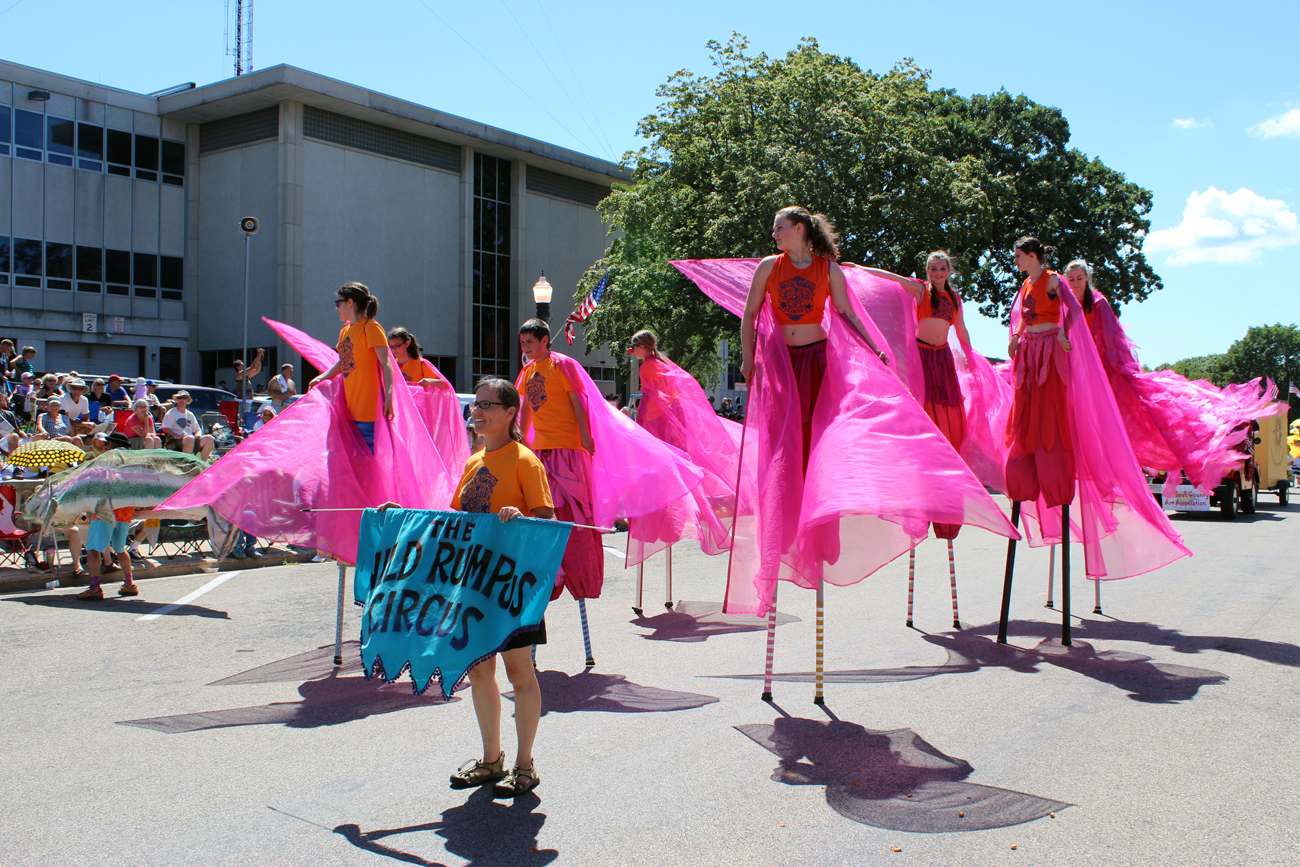
RF: Mandie, you’re based in Appleton but draw from the Fox Cities and Green Bay. What kind of community support are you getting?
MM: The community has really been super supportive. I like to say the Fox Valley and Green Bay are kind of going through a bit of an artistic renaissance. We’re really seeing a lot more focus and encouragement from the city. It’s been really motivating, really refreshing.
Our classes are fuller than ever. We are seeing more new students than ever. Folks are still kind of finding out about us in our community, but the interest is definitely there.
RF: Make the case for somebody going out and checking out a show. Mandie, what are we missing if we don’t go see these different circus arts in person?
MM: I like to use my Dark Arts shows as an example. We really operate on a variety show model. That was super important to me when I started this — to be able to feature as many different performing styles as possible.
Fire is a huge one. That’s a big crowd pleaser: fire breathers, fire eaters, fire dancers. Aerial arts, of course, that is always so amazing. And then, we also like to incorporate some drag artists into the mix or even some burlesque performers and also a sideshow of course.
RF: Jacob, why should we go check out a circus arts show?
JM: In our shows, you’ll see tightwire. You’ll see silks. You’ll see trapeze. You’ll see masks. You’ll see clowns, music, stilts. We had an all-stilt marching band in this last March show.
But (it’s) a sense of improvisation at the same time, which is certainly part of a real circus show — the idea that there is no line between the circus performers and the audience.
The clowns are just as likely to come into the audience. The ringmaster is just as likely to talk to you. Expect the unexpected.
Wisconsin Public Radio, © Copyright 2025, Board of Regents of the University of Wisconsin System and Wisconsin Educational Communications Board.

